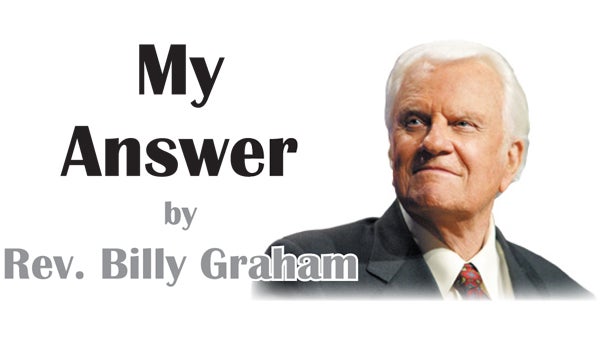College trends should alarm us all
Published 8:22 am Monday, December 2, 2019
We’re becoming a country more to the liking of fictional Judge Elihu Smails.
Smails, portrayed by the inimitable Ted Knight in the 1980 movie “Caddyshack,” had a memorable answer when teenage caddie Danny Noonan lamented that, without a scholarship, “my folks won’t have enough money to put me through college.”
“Well,” Smails retorted, “the world needs ditch diggers, too.”
Regrettably, it seems more and more young Americans agree, at least about the relative importance of a college education.
A poll conducted by The Associated Press and the NORC Center for Public Affairs Research revealed that 45 percent of Americans ages 13-29 say a high school diploma is good enough preparation for future success.
The facts say otherwise.
According to the National Center for Education Statistics, in 2017 the median earnings for young adults with a master’s degree or higher were $65,000; for those with bachelor’s degrees they were $51,800.
For those with high school diplomas? $32,000. And for those who did not finish high school? $26,000. Unemployment rates jumped with each step down the educational ladder, too.
Moreover, those differences were not dependent upon other factors.
“This pattern of higher earnings associated with higher levels of educational attainment also held for both male and female young adults, as well as for White, Black, Hispanic, and Asian young adults,” the NCES reported.
Compounding that disparity over a lifetime of earnings is dramatic.
A Census Bureau study in 2002 concluded the lifetime earnings of an employee with a bachelor’s degree in 1999 was expected to be $2.7 million. For those without a bachelor’s degree it was 75 percent less.
Since 1999, that gap has grown to 84 percent.
To be sure, there are some relatively well-paying and important occupations — plumbers, technicians in medical fields, patrol officers, etc. — that do not require four-year degrees, although special training and/or an associate degree is needed for the majority of those.
Still, the best way to a better financial future clearly is a college education. And yet, according to the National Student Clearinghouse Research Center, enrollment at U.S. colleges has decreased for eight consecutive years.
Why?
The main reason almost certainly is the skyrocketing cost, which on an annual basis grew by nearly 260 percent between 1980 and 2014, compared to a 120 percent increase in all consumer items. According to the NCES, in 1980 the average annual cost of a college education — tuition, room and board, and fees — at a four-year college was $9,438. By 2016 it was $26,593.
By 2030, it’s projected to be $44,047.
Which is why no one should be surprised that total U.S. student debt ballooned to a staggering $1.4 trillion this year. By comparison, U.S. credit card debt this year is $1.08 trillion.
Bluntly put, a college education is rapidly moving beyond the financial reach of many young Americans.
And that should be unacceptable to all of us, ditch diggers or not.
—Akron Beacon Journal



